Bugno calls on UCI to use heat cameras to detect mechanical doping
'The UCI has to use them in races and then break down the suspect bikes'

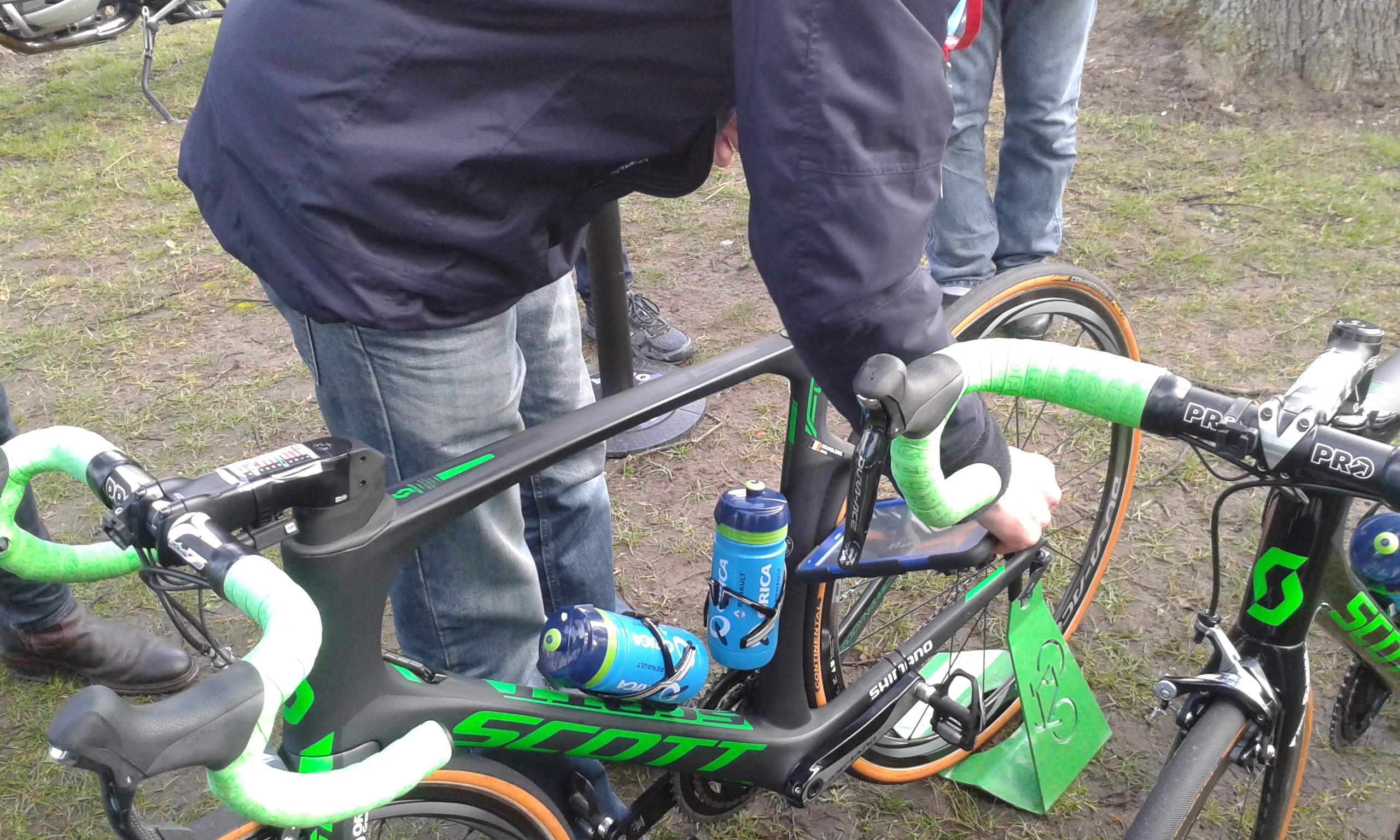
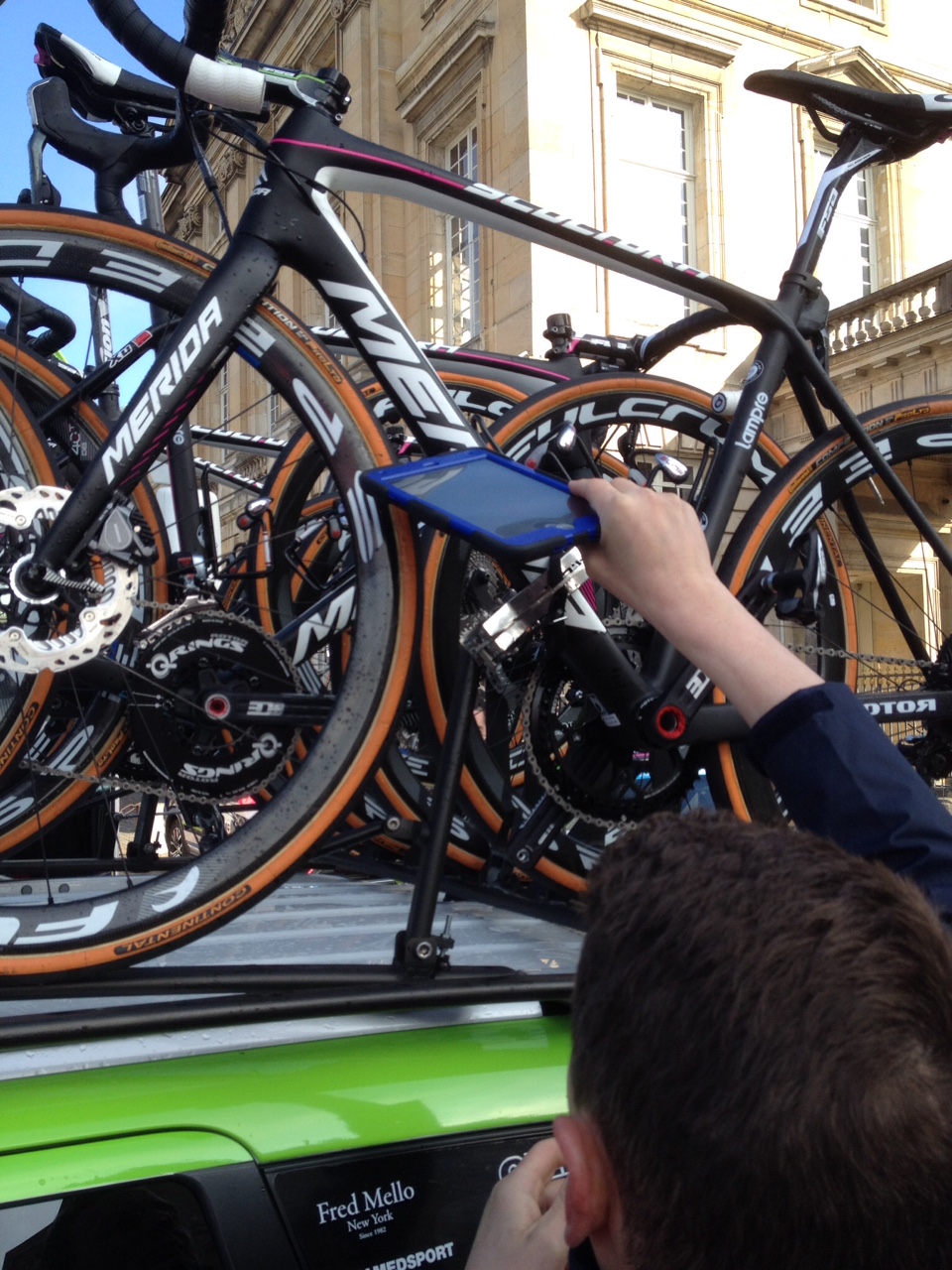
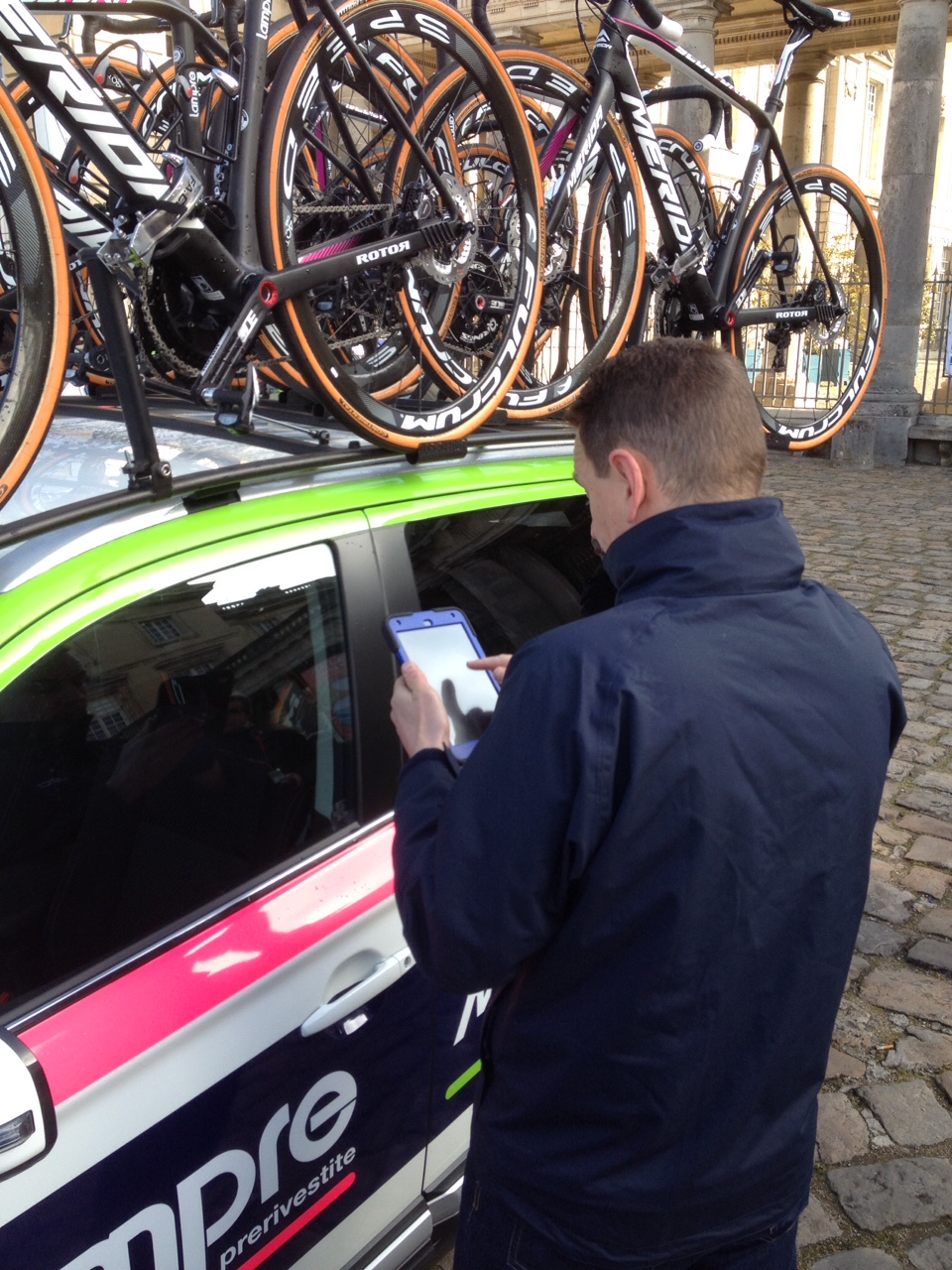
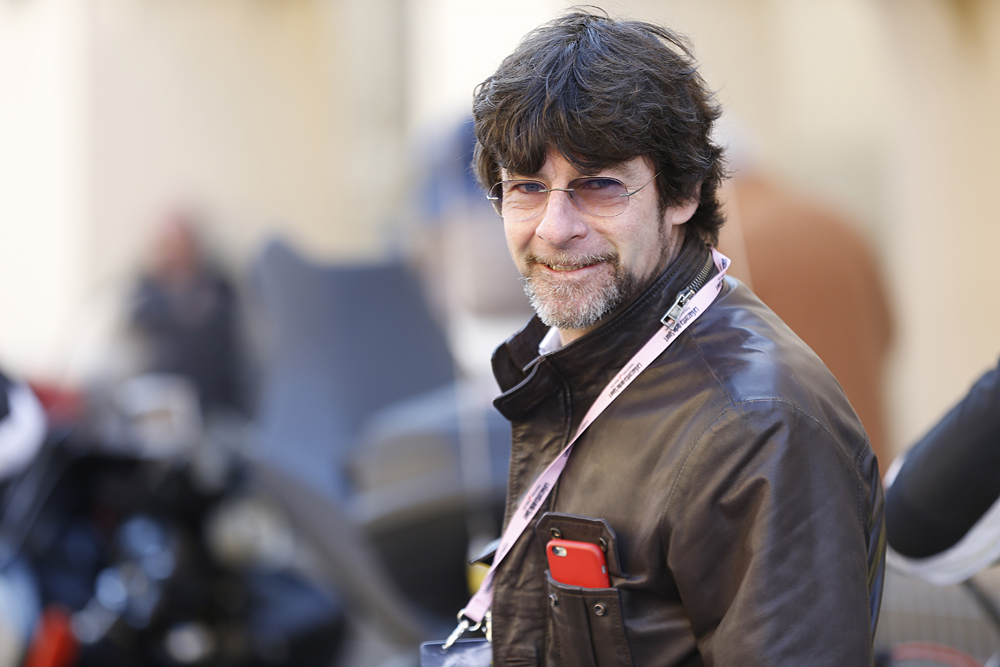
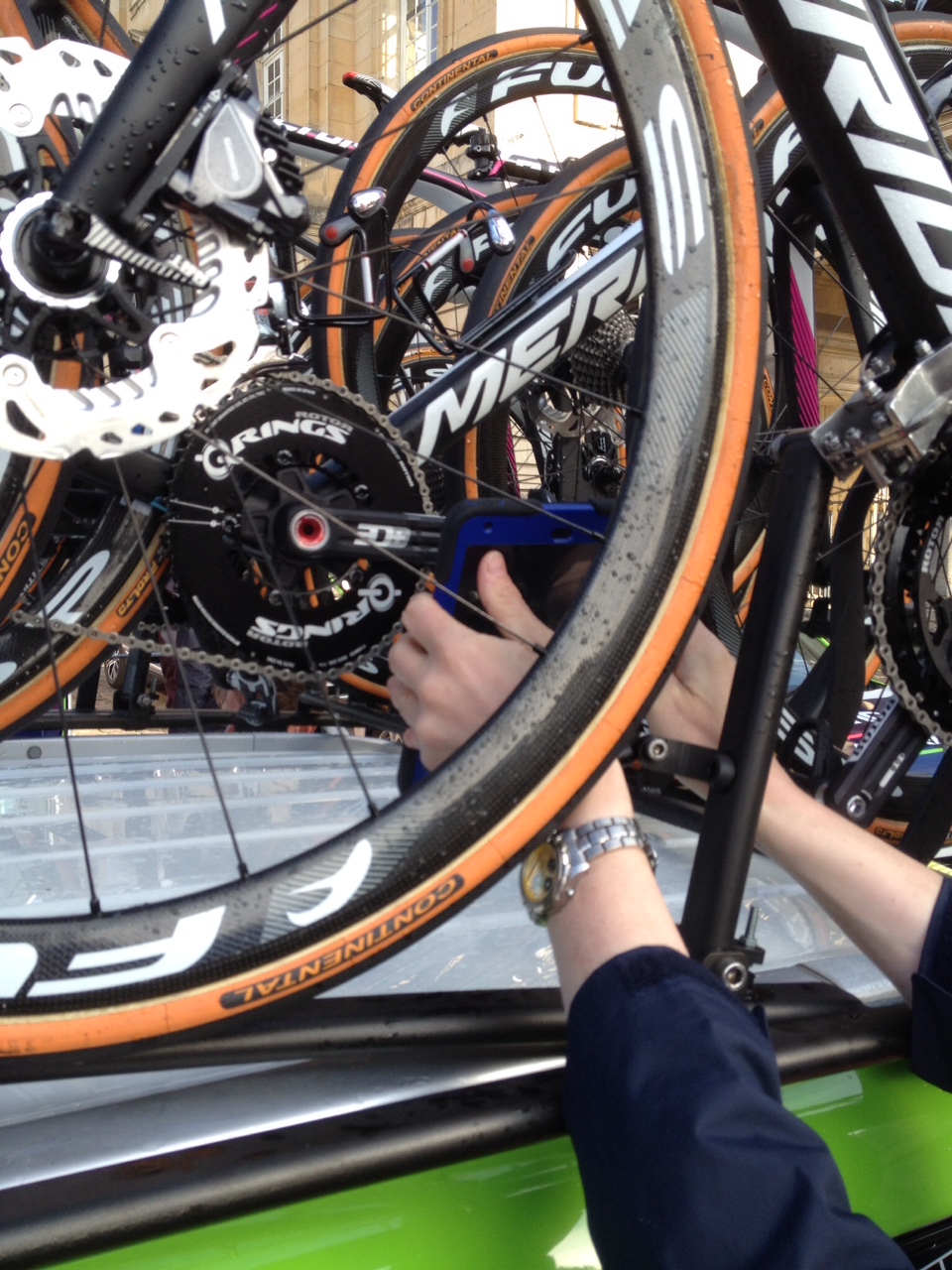
Gianni Bugno, president of the international CPA riders' association, has called on the UCI to use heat cameras to help detect possible mechanical doping.
Mechanical dopers should be heavily punished, says CPA
Van den Driessche stops defence against mechanical doping charge
UCI check ten teams for mechanical doping at Paris-Roubaix
Mechanical doping used in Strade Bianche and Coppi e Bartali, claims investigation
UCI reacts to criticism in French and Italian media mechanical doping investigation
During the Stade 2 and Corriere della Sera investigation a heat camera was used to identify a number of possible cases of mechanical doping during the Strade Bianche and Coppi e Bartali races in Italy. The camera detected significant heat differences that expert engineers suggested could only have been created by a hidden motor. It is suspected that some riders and teams may use small hidden motors in the seat tube or rear hubs, or even magnetic rims that can provide a small but significant power boost to help them perform better in races.
The UCI introduced rules against what they call 'technological fraud' last year and now regularly use a tablet teslameter device to try to detect any magnetic signals given off by hidden motors. In a statement sent to Cyclingnews, the UCI claimed that "by far the most cost effective, reliable and accurate method has proved to be magnetic resonance testing using software we have created in partnership with a company of specialist developers".
However, the Stade 2 and Corriere della Sera investigation questioned the ability of the teslameter to detect mechanical doping, describing it as "not very reliable".
"How come it took so long for thermal cameras to be used? I use them everyday in my helicopter when we diagnose problems with high-voltage power cables. They're very efficient and very precise. Why they haven't been used to look for hidden motors in bikes is a mystery," Bugno told Monday's Corriere della Sera newspaper.
"The magnetic field detectors seem less efficient. The UCI has to use thermal cameras in races and then break down the suspect bikes to see if they can find something."
Last year the UCI checked some bikes at the Giro d'Italia and Tour de France by asking team mechanics to remove the bottom bracket of bikes in a tent behind the podium area. They also occasionally used a micro camera to look inside parts of the frame via the bottom bracket. Those checks would not be able to find magnetic wheels or batteries hidden inside the hubs or frame compartments.
Get The Leadout Newsletter
The latest race content, interviews, features, reviews and expert buying guides, direct to your inbox!
This year the tablet device has been used more often before and after races but the UCI has so far refused to share details on the efficiency of their tablet device.
The CPA later sent out a press release, asking the UCI to take into account what has been revealed by the Stade 2 and Corriere della Serato report, and fight against motorized doping. "The CPA asks the UCI to use exemplary and severe sanctions such as the suspension for life for the riders who have committed such misdeeds, because they unjustly besmirch honest cyclists.
"The association of riders will retain the right to sue against unknown for such crimes because it is unthinkable that certain devices are used by individual riders without complicity.
"The CPA is also ready to cooperate with the UCI for the improvement of the controls during the races to find those who commit these shameful and unsportsmanlike crimes."
Last year Greg LeMond told Cyclingnews that the UCI should use a heat gun to detect mechanical doping, saying controls could be done during races.
"I know that motors exist, I've ridden a bike with one and I've met the inventor and talked about it. If people think they don't exist, they're fooling themselves, so I think it's a justified suspicion. I believe it's also been used in the peloton. It seems too incredible that someone would do it, but I know it's real," LeMond told Cyclingnews.
"It's simple to check for, much easier than doping, but not by looking down the tube. You need a thermal heat gun, you can use it in the race. It can see from metres away if there a difference in the heat in the bottom bracket. I'd recommend that to the UCI."